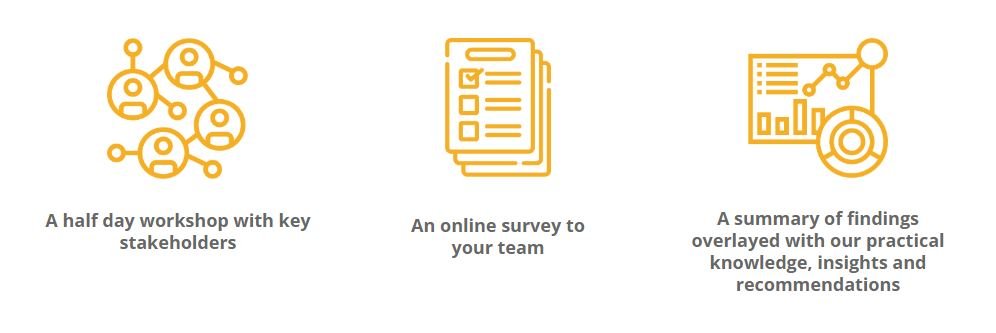CRISIS: COVID AND THE FUTURE OF WORK
The workplace transition from COVID crisis to future ways of working is presenting challenges along with opportunities.
Organisations across Australia are grappling with uncertainly right now around how and where work is being done. The silver lining is the opportunity to evolve the role of the workplace to support more efficient, connected and productive ways of working.
We believe a data driven approach is the best way to guide the decisions required to manage this evolutionary process.
Our study research program in conjunction with UNSW is shedding new light on the drivers organisations are trying to understand particularly to do with the future role of the workplace. Together we have determined that between 41 and 60 per cent of employees surveyed revealed a preference to work from home 2 or 3 days a week ‐ a significant indicator that a shift towards more flexible working is on people’s minds.
The challenging questions being asked by big and small companies alike are:
How much space do I need now?
How do we determine who works where and when?
How do we renew our connection to our culture and our collective sense of purpose and values?
Do we need to reshape the physical workplace?
To deal with these challenges we have developed a methodology designed to fully understand what the opportunities are and how they can be relevant to organisations across Australia.
The first stage of this methodology can be undertaken in less than a week and involves a high level evaluation including 3 steps:
The aim of this process is to provide the data and insights you need to begin creating future ways of working for your organisation, to enable your people to be their best at work and to build upon the drivers of change that have accelerated at an unprecedented rate.
Please contact us on nchance@davenport‐campbell.com.au to find out more or talk to your day to day Davenport Campbell team member.



